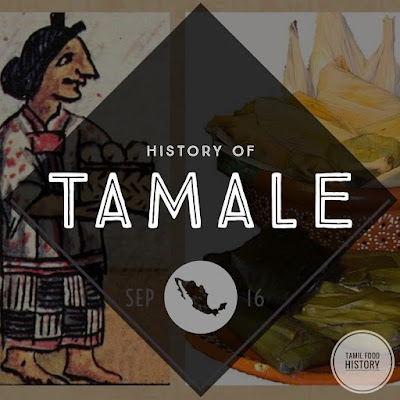What is BRINJI RICE?
The special dish
BRINJI is a flavorful vegetarian rice. This dish is much older than
Biriyani. Of most all, one should know the differences between Brinji, Biriyani
and Pulao.
- Brinji has coconut
and pepper but no curd
- Biriyani has curd
but no coconut, no pepper
- Pulao has no coconut
no pepper and no curd
The fact that Brinji
is much older than biriyani comes from the name itself, bay leaves. The very
first ingredient that we use in preparing biriyani is bay leaf. The bay leaf is
called as Brinji Elai (Brinji Leaf) in Tamil.
We
also find the related word berenji; Persian birinj or rice birinzi, denoting a spicy dish of meat
and rice. Persian also exhibits the form birinjī in combinations as kofta-birinjī (rice meatballs) and nān-birinjī (rice cookies).
Many argue that this
particular rice dish from Persia, travelled across the Indian Ocean. Let us
assume this fact is true, but how many are aware that there is an ancient
historical connection between Tamils and Persians? Interesting Long fact in short :
When the Greek
conqueror Alexander the Great arrived in India, the abundance of rituals to our
Tamil God Murugan reminded him of his beloved Greek God Dionysus.
Murugan and Mithras?
While Alexander and
his men were linking Murugan and Dionysus, the counterpart of these two Divine
Sons was being venerated in both India and then Persia. This was the Persion
God, Mitra. The name Mitra denotes friendship, contracts, mediation and balance.
Both Murugan and
Mitra beyond any doubt displayed their solar heritage through their particular
solar flags, as well as the colorful cock (Seval) as their most sacred animal.
We are all aware that Murugan has Seval Kodi (Cock Flag) in his hand.
Why Seval (Colorful
Cock) as Sacred Animal?
The association of
Tamils and Persians is cited in another genuine readings as : Persians are from
Tamil people by blood. They are not Caucasian by blood and not the member of
Aryan religion either.
Before you go, if you are more interested to deep dive in to food history that connects the world, subscribe to my email list to receive insights of every post. Thank you. Keep in touch :-)



Comments
Post a Comment